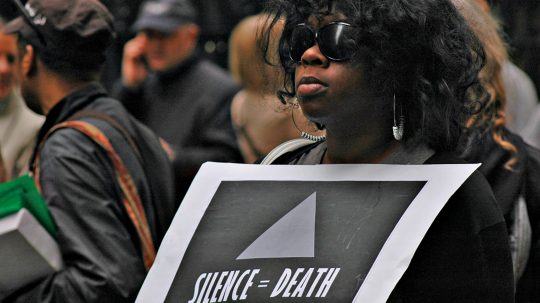In 2012, the International Labour Organisation conservatively estimated that there are nearly 21 million people around the world in forced labour.
Forced labour refers to situations in which persons are coerced to work through the use of violence or intimidation, or by more subtle means such as retaining people’s identity papers or threatening to denounce them to immigration authorities. Article 4 of the European Convention on Human Rights protects our right not to be subjected to forced labour. Over 18.7 million of those people in forced labour are exploited by the private economy – that is, by businesses or individuals.
What is the UK’s solution?

The UK’s solution to this new form of ‘modern slavery’ has been to introduce the Modern Slavery Act 2015. On enacting the law, then Home Secretary Theresa May declared it an ‘historic milestone’ and stated:

One way of making this law so ‘historic’ and ‘21st century’ was its introduction of a legal requirement on companies to prepare a ‘slavery and trafficking statement’ (more on that in a minute). The requirement applies to any company with a global annual turnover of over £32 million. The statement must be placed on a ‘prominent place’ on the company’s website homepage (if they have one) and must be approved by the board of directors and signed by a director (so no feigning ignorance on the issue).
So, what exactly is a slavery and trafficking statement?

Girl Summit 2014
The Act defines this quite clearly at section 54 as:
a statement of the steps the organisation has taken during the financial year to ensure that slavery and human trafficking is not taking place—
(i)in any of its supply chains, and
(ii)in any part of its own business, or
(b)a statement that the organisation has taken no such steps.
So – businesses either have to say what steps they have taken to ‘ensure that slavery and trafficking is not taking place‘ in their business and supply chains. Or they have to face the music and admit that they are doing nothing, with all the potential reputational consequences that could entail.
What is a supply chain?

Car manufacturer Ford says it uses over 11,000 supplier companies to provide it with the parts it needs to manufacture its products (Ford Cars) and other multinationals provide similar figures. Ford also says:
The automotive supply chain is one of the most complicated of any industry. There are often six to ten levels of suppliers between an automaker and the source of raw materials that enter the manufacturing process.
The supply chain is just that – it is the list of companies that a company uses to source the materials it needs to make its end product. The chain can often be long, complicated, and international. Because of that it is easy for the human rights and labour standards of the company at the end of the supply chain to get overlooked. Capitalism’s push for lower prices and cheaper labour can often make the working conditions of people in the supply chains very low indeed.
For example, you may remember the Rana Plaza garment factory collapse in Bangladesh in 2013, which killed over 1,130 people. It turned out that the garment manufacturers working in the factory produced many clothes for sale in Western Europe for brands such as Benetton, Kappa, and Primark. The collapse shone a light on safe and decent working conditions on the garment industry. However, despite promises of reform, recent reports show many workers in Bangladesh are still working in poor conditions with long hours in overheated factories without proper fire exits.
Limitations

Despite estimates that 12,000 companies in the UK have to produce a statement, so far only around 392 have in fact been recorded.The paltry number is in part due to there being no central list of companies that have to make the statement, and there being no penalties for not doing so. These have been cited as major weaknesses of the Act.
Light at the end of the tunnel?

Parliament’s human rights Committee has instigated an inquiry into business and human rights. As part of the evidence given to that Committee, experts have raised the Act’s weaknesses mentioned above and recommended change. Whether there will actually be any change remains to be seen. But given the Home Secretary that introduced the Act and said modern slavery is ‘an affront to the dignity and humanity of every one of us‘ is now the Prime Minister, perhaps we have cause to be hopeful.
- For our coverage on the inquiry into business and human rights click here
- For our poster on the right to be free from slavery click here







